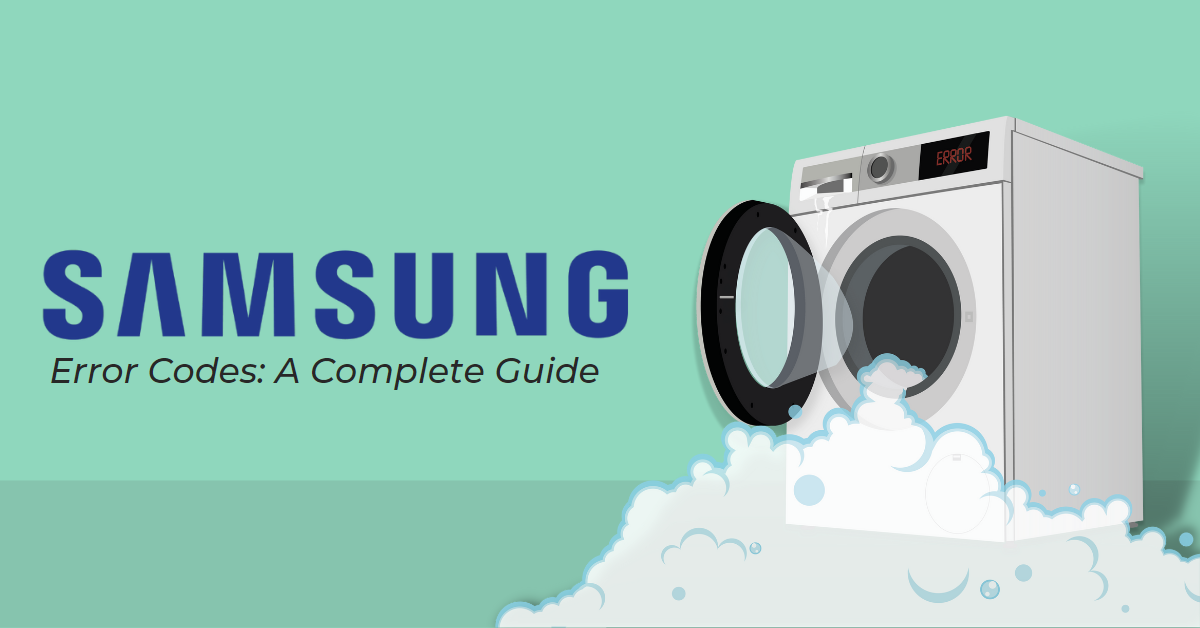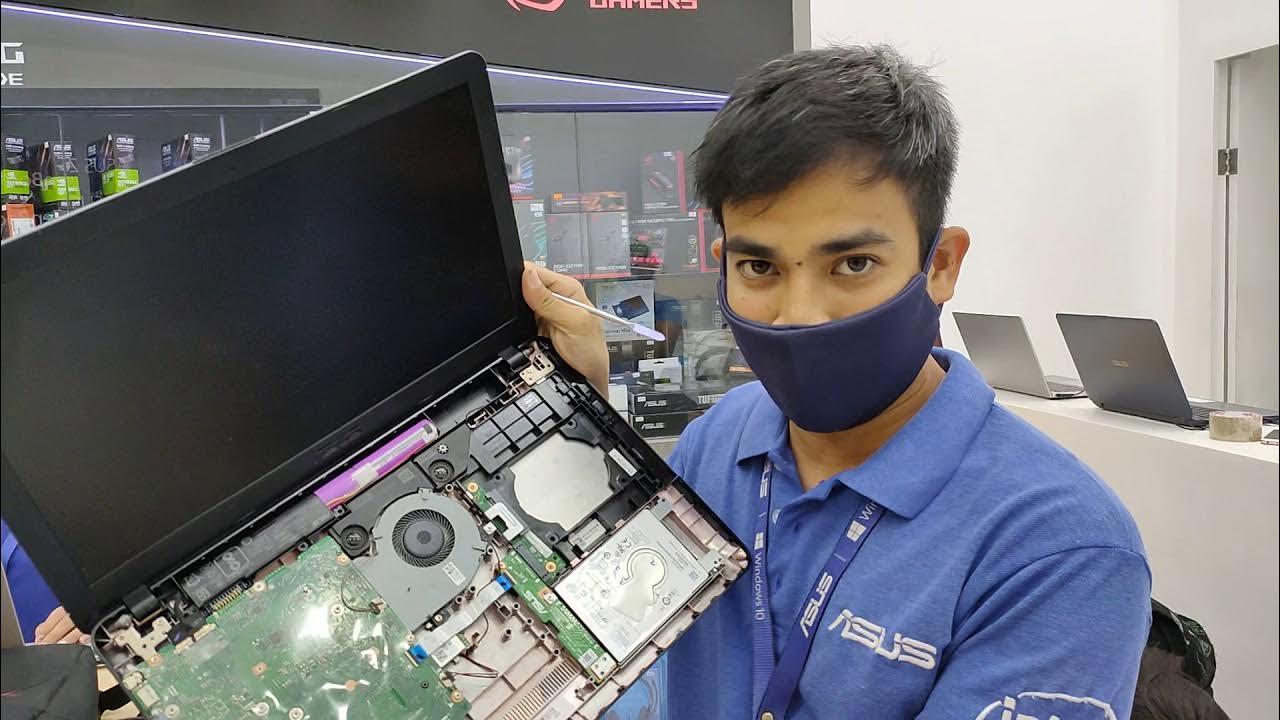To fix temperature sensor failure in a water heater, you need to replace the faulty sensor. This can be done by following a few simple steps.
A water heater temperature sensor is an important component that monitors and regulates the temperature of the water. If it fails, the water heater may not work properly or could even become dangerous. We will explain how to fix temperature sensor failure in a water heater so that you can restore the normal functioning of your appliance and ensure safe use.
Follow the steps below to resolve this issue efficiently and effectively.
Common Signs Of Temperature Sensor Failure
Temperature sensor failure in a water heater can lead to various common signs like erratic water temperature and frequent system shutdowns. Fixing this issue requires replacing the faulty temperature sensor with a new one to ensure proper functioning of the water heater.
Fluctuating Water Temperatures
If you notice that the water temperatures in your shower or faucets are constantly fluctuating, it could be a sign of temperature sensor failure in your water heater.
When the temperature sensor malfunctions, it fails to monitor and regulate the heating element effectively. As a result, the water heater may produce inconsistent temperatures, making your showers uncomfortable and unpredictable.
This fluctuation can be frustrating, especially when you’re in the middle of a relaxing shower or trying to wash dishes. It’s important to recognize this issue as a potential temperature sensor failure so that you can take the necessary steps to fix it.
No Hot Water
Another key sign of temperature sensor failure in your water heater is the lack of hot water.
The temperature sensor is responsible for monitoring the water temperature and signaling the heating element to activate when the water falls below the desired temperature level.
If the temperature sensor fails, it cannot accurately detect the water temperature, and as a result, the heating element may not turn on. This leads to no hot water, leaving you with cold showers and ineffective dishwashing.
Without prompt attention to this issue, you may continue to struggle with the lack of hot water until the temperature sensor is properly fixed or replaced.

Credit: zestplan.com
Causes Of Temperature Sensor Failure
Temperature sensor failure in water heaters can be caused by various factors, including electrical issues, corrosion, or sensor calibration problems. To fix this issue, it is essential to check the wiring, clean or replace the sensor, and ensure proper calibration for accurate temperature readings.
Corrosion
Corrosion is one of the leading causes of temperature sensor failure in water heaters. When the temperature sensor comes into contact with corrosive elements, such as saltwater or acidic substances, it can gradually break down. The corrosive nature of these substances can eat away at the sensor’s components, ultimately rendering it ineffective. Additionally, corrosion can lead to rusting, which further weakens the sensor’s ability to accurately measure the temperature of the water.
To prevent corrosion-related temperature sensor failure, regular maintenance is crucial. This involves inspecting the water heater for any signs of corrosion and promptly addressing them. Regularly flushing the water heater to remove any sediments or build-up can also help prevent corrosion. Additionally, adding a sacrificial anode rod to the water heater can provide extra protection against corrosion, as it attracts corrosive elements and prevents them from attacking the temperature sensor.
Build-up Of Sediment
Another common cause of temperature sensor failure in water heaters is the build-up of sediment. Over time, minerals and other particles present in the water can settle at the bottom of the water heater tank. This sediment can cover the temperature sensor, interfering with its ability to accurately measure the water temperature. As a result, the temperature sensor may provide incorrect readings or fail altogether.
To prevent temperature sensor failure caused by sediment build-up, regular maintenance is key. Flushing the water heater on a regular basis can help remove the sediment and prevent it from affecting the temperature sensor. A sediment trap or filter can also be installed to trap the particles before they reach the sensor. By keeping the water heater clean and free of sediment, you can ensure the temperature sensor maintains its accuracy and reliability.
Diy Troubleshooting Steps
If you are experiencing a temperature sensor failure with your water heater, there are several troubleshooting steps you can try before calling a professional. These steps can help you identify and fix the problem on your own, saving you time and money. In this section, we will outline three essential steps you can take to diagnose and resolve temperature sensor failure in your water heater.
Check Power Supply:
If your temperature sensor is not functioning correctly, the first thing you should do is check the power supply. Ensure that the water heater is receiving the appropriate amount of power by examining the circuit breaker or fuse associated with it. If you find that the breaker has been tripped or the fuse has blown, reset or replace them accordingly. Additionally, verify that the power switch on the water heater is turned on. This simple step can often resolve sensor issues that occur due to power supply problems.
Inspect Sensor Wires:
Another common cause of temperature sensor failure is damaged or loose wires. Carefully examine the sensor wires connected to the control board. Look for any signs of wear, frayed or exposed wires, or loose connections. If you discover any issues, such as a loose wire, you can secure it properly. However, if the wires are damaged, it may be necessary to replace them. By inspecting and addressing potential wire problems, you can effectively troubleshoot temperature sensor failure.
Clean Sensor:
A dirty or contaminated sensor can also lead to temperature sensor failure. Over time, sediment, mineral deposits, or rust can accumulate on the sensor, affecting its ability to accurately measure the water temperature. To clean the sensor, begin by turning off the power supply to the water heater. Then, carefully remove the sensor from its housing and clean it using a soft cloth or brush and a mild cleaning solution. Be sure to remove any debris or buildup gently. Once the sensor is clean, reinstall it and restore power to the water heater. Cleaning the sensor regularly can help prevent temperature sensor failure and ensure optimal performance.
By following these DIY troubleshooting steps, you can effectively address temperature sensor failure in your water heater. Remember to always prioritize safety and follow manufacturer instructions. If the issue persists or worsens after attempting these steps, it may be necessary to consult a professional for further assistance.
When To Call A Professional
Fixing a temperature sensor failure in your water heater may seem like a DIY project, but there are situations where it’s best to call a professional. Complex electrical issues and the replacement of the sensor required are two scenarios where professional help becomes essential.
Complex Electrical Issues
If you encounter complex electrical issues while attempting to fix a temperature sensor failure, it’s crucial to bring in a professional. Dealing with electrical components can be dangerous, and mishandling them can lead to electrical shocks or even cause fires. An experienced technician will have the knowledge and expertise to troubleshoot complex electrical problems and ensure your safety.
Replacement Of Sensor Required
When the temperature sensor in your water heater needs to be replaced, it’s best to leave this task to a professional. Replacing a sensor involves working with delicate components and ensuring proper calibration. Professionals have the necessary tools and expertise to accurately install a new temperature sensor, ensuring it functions correctly and accurately measures water temperature.
Moreover, hiring a professional will save you time and effort. They will have the necessary equipment readily available and can quickly diagnose the problem and offer an effective solution. Additionally, professionals often provide warranties on their services, giving you peace of mind knowing that your water heater is in capable hands.
Remember, attempting to fix complex electrical issues or replacing a temperature sensor on your own can lead to further damage or potential safety hazards. Don’t hesitate to reach out to a professional when these situations arise, ensuring that your temperature sensor failure is correctly resolved, and your water heater is operating safely and efficiently.
Preventative Maintenance Tips
Learn how to fix temperature sensor failure in your water heater with these preventative maintenance tips. Keep your water heater in top condition and ensure reliable hot water supply.
Proper maintenance of your water heater is essential to prevent temperature sensor failure. By following these preventative maintenance tips, you can ensure the longevity and efficiency of your water heater:
Regular Cleaning
Regularly cleaning your water heater is important to remove any sediment or debris that may hinder the performance of the temperature sensor. Here are some steps to follow for regular cleaning:
- Turn off the power to the water heater and shut off the water supply.
- Attach a hose to the drain valve and place the other end of the hose in a safe location where hot water won’t cause damage.
- Open the drain valve to allow the water to flow out, flushing out any sediment or debris with it.
- After the water has completely drained, close the drain valve and remove the hose.
- Turn on the water supply and let it run for a few minutes to flush out any remaining sediment or debris.
- Finally, turn on the power to the water heater and wait for it to reach the desired temperature.
Annual Inspections
An annual inspection by a professional can help identify any potential issues with the temperature sensor before they become major problems. Consider these points when scheduling an annual inspection:
- Contact a licensed plumber or water heater technician to perform the inspection.
- They will check for any signs of corrosion, leaks, or damage to the temperature sensor.
- If any issues are found, they can make the necessary repairs or replacements.
- Regular maintenance and inspections can help extend the lifespan of your water heater and prevent unexpected breakdowns.
By following these preventative maintenance tips, you can prevent temperature sensor failure in your water heater and ensure it operates efficiently for years to come.
:max_bytes(150000):strip_icc()/replacing-water-heater-thermocouple-flame-sensor-1824918-hero-7ee1bb61d2a84355b3884424297996b4.jpg)
Credit: www.thespruce.com

Credit: www.alliancecc.com.au
Frequently Asked Questions Of How To Fix Temperature Sensor Failure Water Heater
Q: Why Is My Water Heater Not Heating Up?
A: There are several reasons why your water heater may not be heating up, including a faulty temperature sensor. Check if the sensor is properly connected and functioning. If it’s faulty, replacing it should fix the issue.
Q: How Can I Determine If The Temperature Sensor Is Failing In My Water Heater?
A: If your water heater is not reaching the desired temperature or constantly producing hot water, the temperature sensor may be failing. You can test it using a multimeter or consult a professional plumber for an accurate diagnosis.
Q: What Are The Signs Of A Malfunctioning Temperature Sensor In A Water Heater?
A: Symptoms of a faulty temperature sensor in a water heater include inconsistent water temperature, unusually hot or cold water, or no hot water at all. If you notice any of these signs, it is likely that the temperature sensor has failed.
Q: Can A Temperature Sensor Failure Be Fixed Without Professional Help?
A: Some minor temperature sensor issues can be resolved by homeowners with basic DIY skills. However, it is recommended to seek professional help for proper diagnosis and repair to avoid any further damage to the water heater or potential safety hazards.
Conclusion
Addressing temperature sensor failures in water heaters is essential for maintaining optimal performance. By understanding the common causes and symptoms of this issue, homeowners can effectively troubleshoot and resolve the problem. Whether it requires simply recalibrating the sensor or replacing it altogether, taking prompt action can prevent further damage and ensure efficient heating.
Remember to consult a professional if needed, and always prioritize safety when handling electrical components. With these tips, you’ll be well-equipped to fix temperature sensor failures and enjoy reliable hot water in your home.
- The Power of Mobile Accessibility And Real-Time Tracking for Trucking Operations - November 6, 2024
- Why Ease of Use is Crucial in Trucking Dispatch Software - September 22, 2024
- Better Communication With Dispatchers: How Trucking Dispatch Software Can Optimize Operations - September 7, 2024



